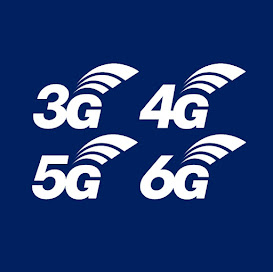
The result of the auction:
| 800 | 900 | 1800 | 2100 | 1900 | 2600 | |
| KPN | 2x10 | 2x10 | 2x20 | 2x5 | 30 | |
| Vodafone | 2x10 | 2x10 | 2x20 | 2x5 | ||
| T-Mobile | 2x15 | 2x30 | 4,9+9,7 | 25 | ||
| Tele2 | 2x10 |
The total price of the auction:
- Vodafone 1,380,800,000 euro (1.381 billion)
- KPN 1,351,852,000 euros (1.352 billion)
- T-Mobile 910,681,000 euro (910.8 million)
- Tele2 euro 160,813,000 (160.8 million)
After the auction is the distribution of the main bands is as follows:
| 800 | 900 no | 900 new | 1800 no | 1800 new | 2100 no | 2100 new | 2600 | |
| KPN | 2x10 | 2x12,4 | 2x10 | 2x18,4 | 2x20 | 2x15 | 2x20 | 2x10 |
| Vodafone | 2x10 | 2x12,4 | 2x10 | 2x4,8 | 2x20 | 2x15 | 2x20 | 2x10 |
| T-Mobile | 2x10 | 2x15 | 2x30,6 | 2x30 | 2x20 | 2x20 | 2x5 | |
| Tele2 | 2x10 | - | - | - | - | - | - | 2x20 |
| TO | - | - | - | - | - | - | 2x20 |
Sources:
Vodafone - Summer 2013
KPN - February 2013
Added 15/12/12:11.48
You can also see it visually as in the slide below:








